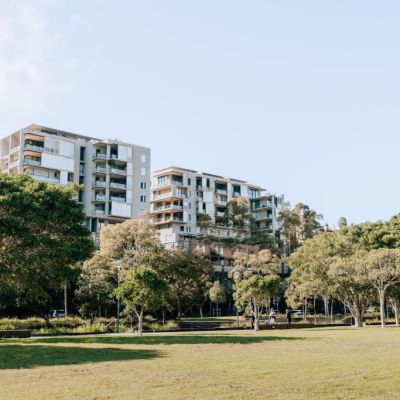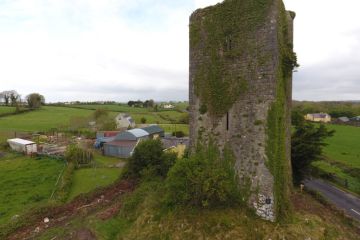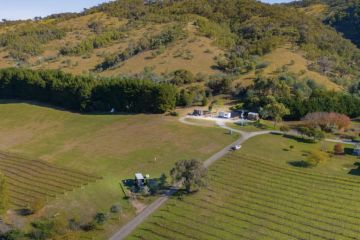House prices are plunging, but some buyers are left in the cold

First home buyers are experiencing little respite in the property market downturn, as falls in property values are offset by a jump in mortgage rates, new research shows.
It would take a typical Australian first home buyer 10.9 years to save a deposit, as of the September quarter, barely lower than the 11.3 years required in the prior quarter, the latest ANZ CoreLogic Housing Affordability Report found.

Time to save varied by city, and a Sydney first home buyer would need to save for 12.8 years, while Melbourne would need 10.6 years, Brisbane 10.1 years and Perth 7.7 years.
The report assumes a household can save 15 per cent of its gross annual income.
But home buyers would need to set aside more of their income for mortgage repayments.
A typical home buyer would need 43.3 per cent of their income to service a new mortgage, up from 38.9 per cent three months earlier. That rises to 51.1 per cent in Sydney, and would be 42.4 per cent in Melbourne, 40.3 per cent in Brisbane and 30.7 per cent in Perth.
ANZ senior economist Felicity Emmett said property prices had fallen substantially in cities such as Sydney, reducing the time to save a deposit, but this was not the full picture.
“While on paper we might be able to say this metric, which makes assumptions about how much people can save, suggests greater affordability, I think in reality it’s unlikely that it actually is easier to save for a deposit,” she said.
“The actual amount needed for a deposit might be a little bit less, but we’re in a situation where we have the cost of living running at 7 per cent per annum.”
Unless someone was a cash buyer, the lift in interest rates meant there had not been an improvement in affordability, she said.
“It’s clearly not median income earners that are buying median-priced homes, and what that goes to show is that people earning regular incomes are to some degree priced out of these expensive markets,” she said.
Emmett said a very substantial fall in property prices would be needed to improve affordability, which she stressed was an unlikely scenario. Her forecast is an 18 per cent peak-to-trough fall in house prices.
The report also compared dwelling values to income, finding only a modest reduction in this ratio.
Nationally, dwelling values are 8.2 times higher than incomes, slightly lower than 8.5 times in the June quarter, but above the decade average of 6.9 times.
By city, Sydney dwellings cost 9.6 times incomes, Melbourne 8 times, Brisbane 7.6 times and Perth 5.8 times.
CoreLogic head of Australian research Eliza Owen said the fall in the deposit hurdle has not offset the cost of mortgage serviceability, and is little help for tenants spending more on rent.
“The median household income level would probably be dissuaded from actually purchasing the median dwelling within their region,” she said. “If you’re a high-income earner you might be quite comfortable servicing a mortgage with 40 or 50 or 60 per cent of your income.
“If you are on a relatively low income then it becomes extremely stressful.”
Owen said this downturn was about containing inflation, not about housing affordability, so it was unlikely prices would fall to levels that improve the metrics in the report.
The research also looked at renting and measured the share of income required to service rent.
This has reached 31.6 per cent nationally and has risen in every capital city except Hobart and Canberra over the past quarter.
Owen said renting is becoming more challenging as tenants who have to spend more on rent might not be able to save as much.
On the ground, first home buyers are hopeful price falls will help them get into the market, but it is not always the case, Mortgage Broker Sydney principal Michael Brown said.
“Interest rates are going up and changing their borrowing capacity, but the downward movement in prices is not matching that, so they’re falling behind,” he said.
“The price changes aren’t happening as quickly as the interest rate changes are.”
He said more first home buyers were looking to use the federal government’s low-deposit scheme that allows purchases with a 5 per cent deposit without paying lenders’ mortgage insurance.
“The overall vibe of house prices falling means they think they can get somewhere now. Before, it was just an impossibility as prices were spiralling,” he said.
We recommend
States
Capital Cities
Capital Cities - Rentals
Popular Areas
Allhomes
More










